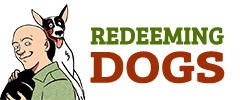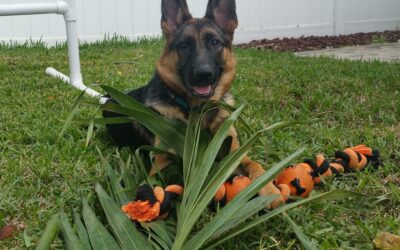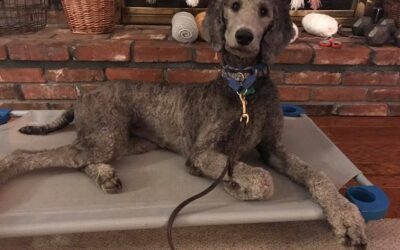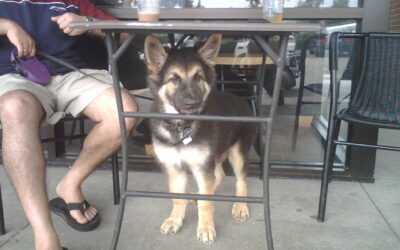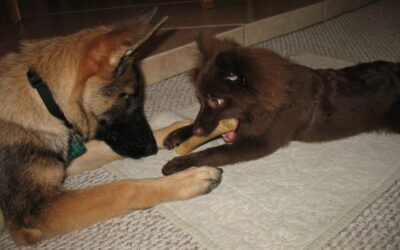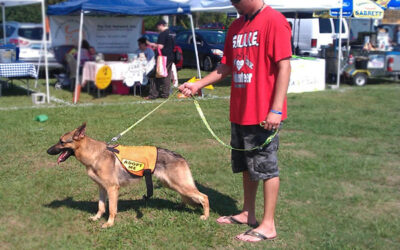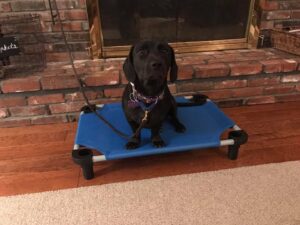
This one is largely for people who add an adult dog to their household, but it does have some puppy applications.
Most homeowners are familiar with transplant shock, if we plant a tree in the yard it takes it quite a while to get over that shock and get back to the business of growing. It is also very vulnerable to just dying for a while. Usually the more the tree cost the higher the probability it will just expire on you. I’ve heard that if you put in a seedling tree with a complete root system versus moving a big tree (that had to have part of the roots truncated to move) in 10 years the little tree will probably be bigger than the larger transplant because it underwent practically no transplant shock.
What the heck does that have to do with dogs? Wood Tod get to the point? (sorry)
Well, many (not all) dogs go through transplant shock when their lives get uprooted and moved. What this might look like and how it might affect your dog is important to know.
I meet a fair amount of dogs that were selected from rescue because they were calm and reacted favorably to everyone at the adoption event, dogs and humans alike. These dogs once in their new homes for a while then turn out to be extremely active, or dog aggressive, or human aggressive. In other words not as they initially appeared.
In most cases what happened was the trauma of the rehome transition threw off their normal pattern. If they were active before, the stress of relocation can make a dog very subdued, often physically ill. Once they start to feel situated and healthier the previous activity level reemerges. If they were dog or human aggressive often the move puts their list of US versus THEM in flux. “Us” are the dogs and people the subject dog previously liked. “THEM” is everyone else and we don’t like them. The previous “US” group is all gone now so the dog has to recreate a new bunch. If the dog was primarily a social dog then that list can be big or really include all we meet. If the dog wasn’t so social that list might be mighty short. Maybe whoever it is immersed with in the new home for the first two – four weeks. Sometimes it resolidifies in days, or even hours! Then the dog begins to identify new entrants as THEM, and they aren’t received so warmly. These dogs often sneak through rescues sorting efforts because they when uprooted act social – for a while.
So how can I use this information to my benefit? If I’m looking for a low activity level dog I want to know if the dog has been at a foster’s house for a while – ideally a month or so. That will allow the dog’s true energy level to emerge and we can accurately identify what the dog will be like activity wise post integration into the household.
If I have a new dog added to the household I want to pretty quickly define what/who it’s new normal is before things gel. I want the dog exposed to as many of the people, places and dogs in my life as soon as possible. The idea here once again is to make a mighty big list of “US”.
If you’ve added an adult dog to your household and are finding some challenges please reach out for help, any IACP dog trainer is a good choice, and if local to the DFW area I’m here at Redeeming Dogs to help you. Just go complete the contact form.
